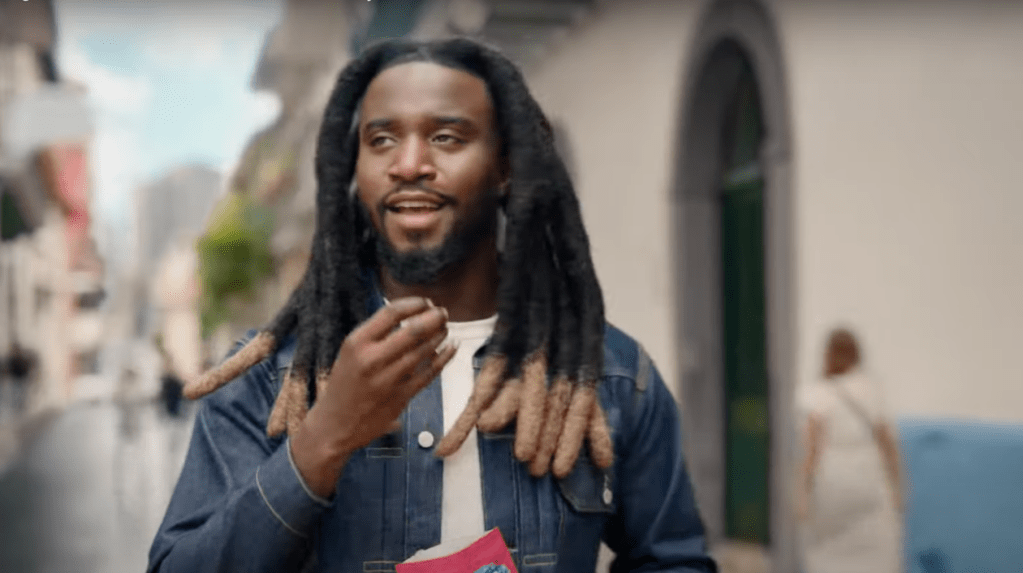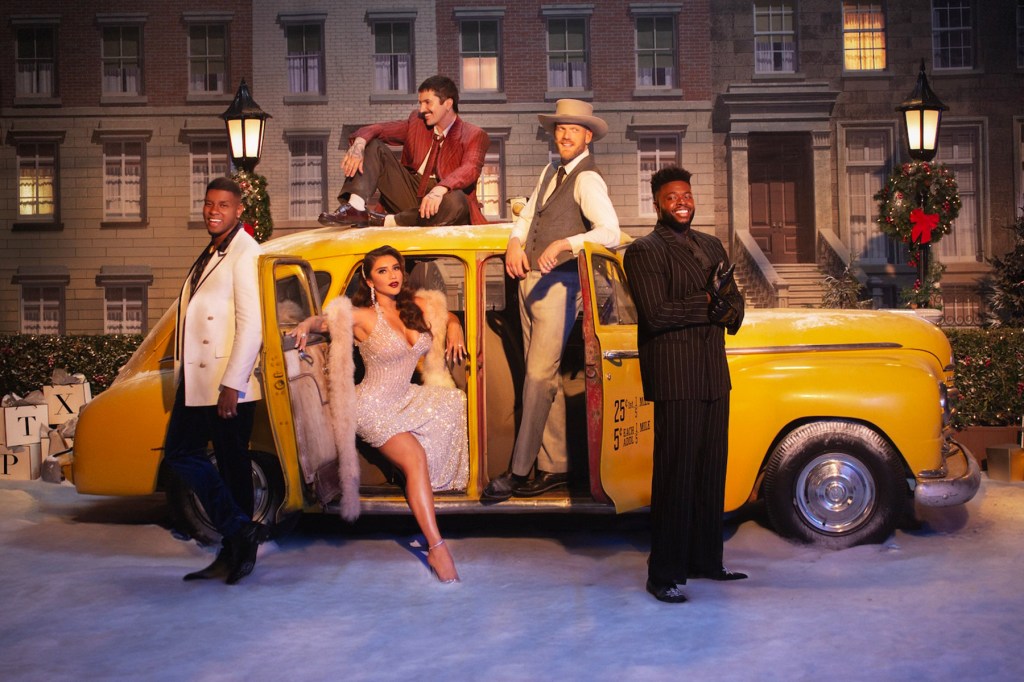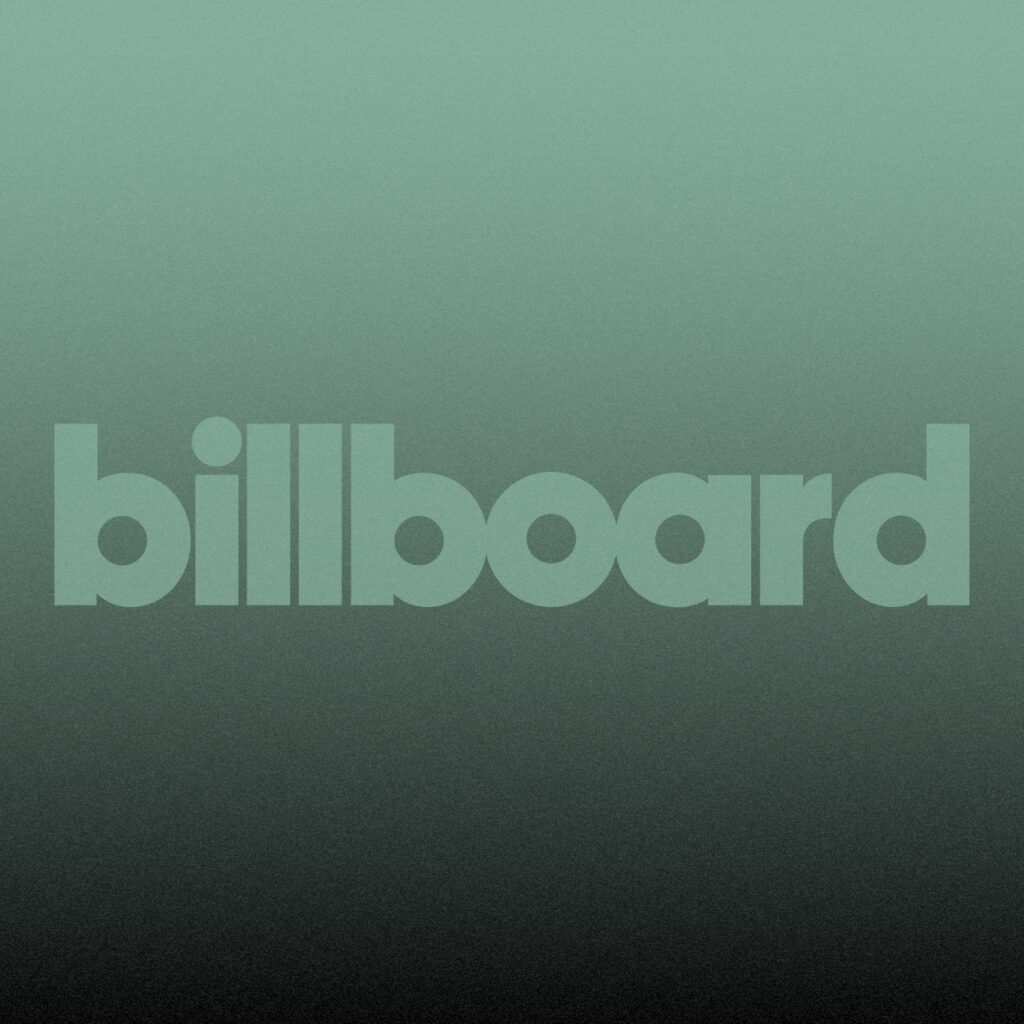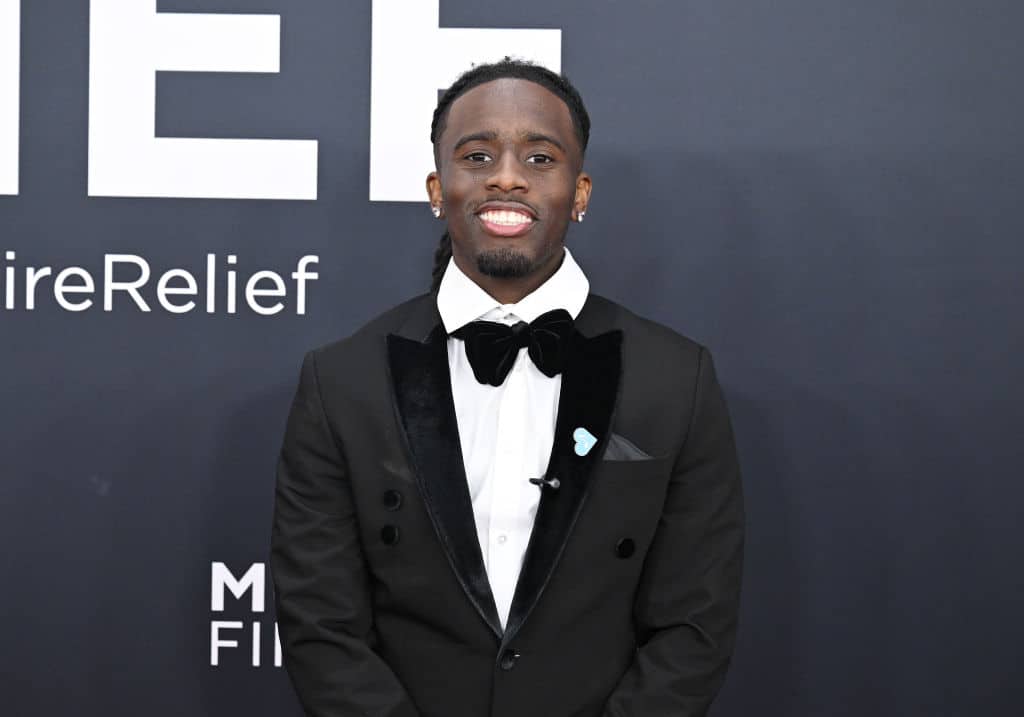Super Bowl Synch Report: Brands Lean on Familiar Hits in Lucrative Year for Publishers
Written by djfrosty on February 8, 2025

Of all the ultra-familiar songs appearing in Super Bowl LIX ads — from Bruce Springsteen‘s “Born to Run” to Van Halen‘s “Panama” to Louis Armstrong‘s “What a Wonderful World” to Seal‘s “Kiss from a Rose” — the most sentimental may be the Bellamy Brothers‘ “Let Your Love Flow,” used in a Budweiser spot about a horse rescuing a keg from a raging river and rolling it into a bar.
It’s sentimental, anyhow, for Concord Music Publishing. In the early ’70s, Larry Williams, a Neil Diamond roadie, penned the track, and a producer put it in the hands of the Bellamy Brothers. Their breezy, mid-tempo version hit No. 1 in 1976. By then, Williams had signed with a new publisher, Bicycle Music, and as the company changed hands over the years, including a sale to Concord in 2015, “Let Your Love Flow” endured as a sort of Song Zero. “That was literally the very first song technically signed to Concord,” says Brooke Primonte, the company’s executive vp of global sync. “It’s very dear to everybody who’s been here since day one.”
Trending on Billboard
The song’s story, and its timeless feel, exemplify the Super Bowl synchs this year; viewers won’t hear much contemporary music a la 2024’s Ice Spice-enhanced Starry spot featuring the rapper’s hit “Deli.” H.E.R.‘s version of “Born to Run” is in a Dove commercial about empowering young girls to appreciate their bodies; “Panama” is in an ad starring Glen Powell as a dad reading “Goldilocks” to kids and fantasizing about fighting dragons in Dodge Rams; Shaboozey sings “What a Wonderful World” as Nerds characters parade around him in New Orleans; and in a surreal, star-studded Mountain Dew spot, Seal appears as … a seal.
“These are songs pretty much guaranteed to accomplish what the agency or brand are trying to do,” says Tom Eaton, senior vp of music for advertising at Universal Music Publishing Group, which has represented Seal for more than seven years. “They’re choosing songs familiar to a wide assortment of people. They can’t miss.” Adds Frank Di Minno, vp of creative sync at Warner Chappell, one of the publishers for “Panama”: “This was definitely the catalog Super Bowl.”
The Dove spot is the first-ever commercial to use Springsteen’s signature 1975 anthem, more than three years after he sold his catalog to Sony Music Publishing for $550 million. Springsteen retains approval rights for the song, and after Brian Monaco, Sony Music Publishing’s president/global chief marketing officer, shared the spot with the singer-songwriter’s team a month or two ago, they approved it quickly. “There’s definitely demand for his catalog, as well as other ones we’ve purchased — we have Paul Simon and Queen,” Monaco says, adding that with Super Bowl ads costing a reported $7 million to $8 million, “brands want to get the most bang for their buck by using songs that people know.”
As a result, synchs, a multibillion-dollar industry for music publishers, are especially expensive for brands this year. According to music business sources, costs on the publishing side range from $400,000 to $2.5 million, not counting the separate fees for licensing master recordings.
“The numbers are showing [that] people are streaming classic music at very high rates, as opposed to music of the last 10 or 15 years, just in their daily lives,” says Marty Silverstone, president of global sync for publisher Primary Wave, whose Super Bowl synchs this year include Smokey Robinson‘s “Cruisin’” for Haagen-Dazs and Huey Lewis & the News‘ “The Power of Love” for Bud Light. “I’m seeing, even more than usual, the appetite for nostalgia-driven music.”
Super Bowl ads often mirror the times, and this year’s familiar-songs trend may have deeper cultural relevance. “The country is trying to find its way in very challenging times,” says Dan Rosenbaum, vp of commercial licensing for BMG, whose three synchs include a share of “What a Wonderful World.” “Using a song that has resonance from a time that was simpler gives a certain comfort to the viewer.” Adds Steve Nalbert, vp of sync licensing and digital for Round Hill Music, another “What a Wonderful World” publisher: “More than ever, we need unifying music that bring us together, rather than pulls us apart. Luckily, the brands realize that, too.”
Billboard asked top publishers to tally their own synchs scheduled to appear as national spots during the game — including movie and TV trailers but not Fox broadcast promos, teasers or halftime show performances. Sony Music Publishing scored the most, with 14; Universal Music Publishing Group had 11; Warner Chappell, seven; Primary Wave, six; Kobalt, five; Reservoir Media, four; Concord and BMG, three apiece; and Round Hill, one.
This year’s trend towards familiar songs does not mean all the songs are older classics. Childish Gambino‘s 2018 anti-racist anthem “This Is America” appears in a Hims & Hers ad about a weight-loss drug: “Historically, Donald [Glover, who performed and co-wrote the song] and his team have been pretty selective about where they license ‘This Is America.’ They don’t pursue much,” says Rob Christensen, executive vp/head of global sync for Kobalt, the rapper’s publisher. “They thought this one was a good one to pursue.” (A few days before the game, the Partnership for Safe Medicines and two U.S. senators asked the FDA to block the ad due to not disclosing potential side effects.)
Reservoir Media’s synch total includes one “contemporary hip-hop song,” according to Scott Cresto, the publisher’s executive vp of synchronization and marketing, although he declined to reveal it before the game. Instead, he pivoted to a classic: A Michelob Ultra spot starring Willem Dafoe and Catherine O’Hara playing pickleball with famous athletes (and not-so-famous pickleball stars) synchs to “Papa Loves Mambo,” a Perry Como hit that dominated the Billboard charts in 1954. The brand, he says, requested in its brief “something that played with humor, that a certain generation identified with, but all generations would recognize it.”
“It’s definitely cyclical,” Cresto adds. “There have been years where [brands] are looking for more contemporary pop hits. This year and last year have definitely leaned more catalog.”

 State Champ Radio
State Champ Radio 





